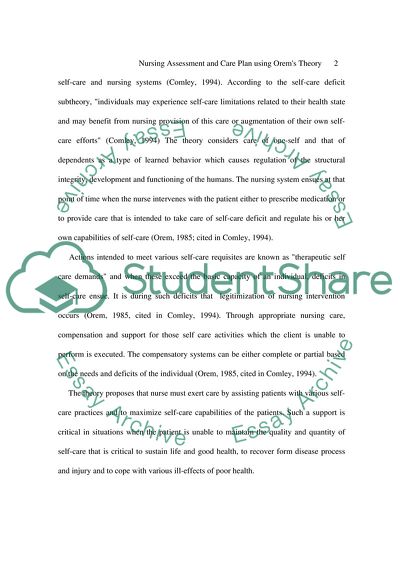Cite this document
(Nursing Assessment and Care Plan Using Orem's Theory Case Study - 1, n.d.)
Nursing Assessment and Care Plan Using Orem's Theory Case Study - 1. https://studentshare.org/health-sciences-medicine/1745185-nursing
Nursing Assessment and Care Plan Using Orem's Theory Case Study - 1. https://studentshare.org/health-sciences-medicine/1745185-nursing
(Nursing Assessment and Care Plan Using Orem'S Theory Case Study - 1)
Nursing Assessment and Care Plan Using Orem'S Theory Case Study - 1. https://studentshare.org/health-sciences-medicine/1745185-nursing.
Nursing Assessment and Care Plan Using Orem'S Theory Case Study - 1. https://studentshare.org/health-sciences-medicine/1745185-nursing.
“Nursing Assessment and Care Plan Using Orem'S Theory Case Study - 1”. https://studentshare.org/health-sciences-medicine/1745185-nursing.


